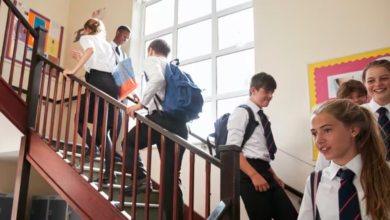Flexible seating trends to surge over next 5 years
Inflexible seating design can inhibit discussion, pedagogy, and performance.
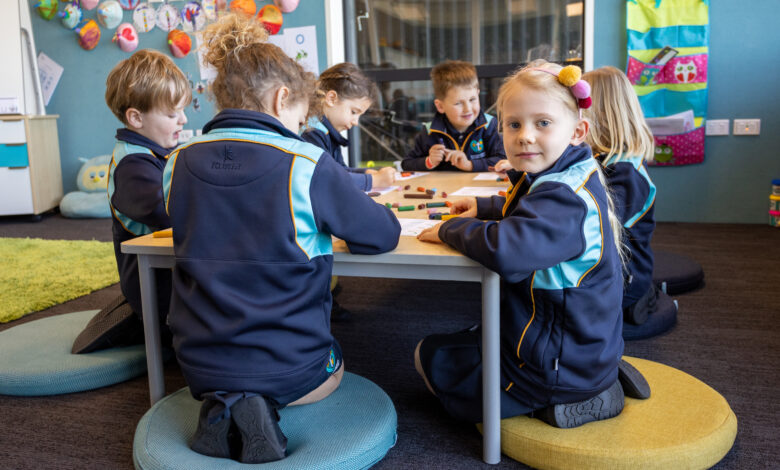
Thus, it will come as no surprise to most teachers that flexible seating is now one of the key trends driving market demand for school furniture over the next five years, according to global market research by Mordor Intelligence, published in January of this year.
Our latest print issue is available now! Read it here.
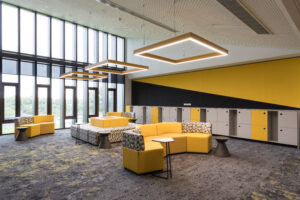
The research suggests strong demand for flexible seating configurations in classrooms is connected to growing concerns around children’s posture, and flags school sector interest in eco-friendly furniture, design innovations resulting in new flexible products, and multi-functional chairs and tables, as influencing this growing trend.
In the Asia Pacific region specifically, the report adds that demand for flexible seating and furniture is also due to increasing private school enrolments and the expansion of extra-curriculars in the Asia Pacific region particularly.
Clearly, there are big benefits to flexible seating for schools.
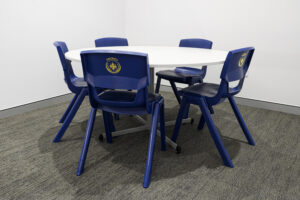
The first is student agency: learners feel empowered by having a degree of choice and control over their environment and flexible seating enables autonomy as students choose how they sit. Certain pieces enable them to rock, wobble, bounce, and these movements help them to self-regulate during class, aiding blood flow, metabolism and even core strength.
Aesthetic appeal makes the classroom more attractive to children, staff, volunteers and parents. Flexible seating options are also varied enough that colours across your floorspace can add impact, create a calming environment, soothe or liven things up. Of course, flexible seating still needs to be durable, which is where quality suppliers are an essential resource, so we spoke with three experienced suppliers this issue to find out what flexible seating trends are gaining popularity here in New Zealand. Here’s what they told us:
“Ingenious” students use seating to their creative advantage
Furnware representative Helen Jones informed us there is “a definite shift towards recognising ergonomic performance” and that “the most creative use of seating I see is from students!”
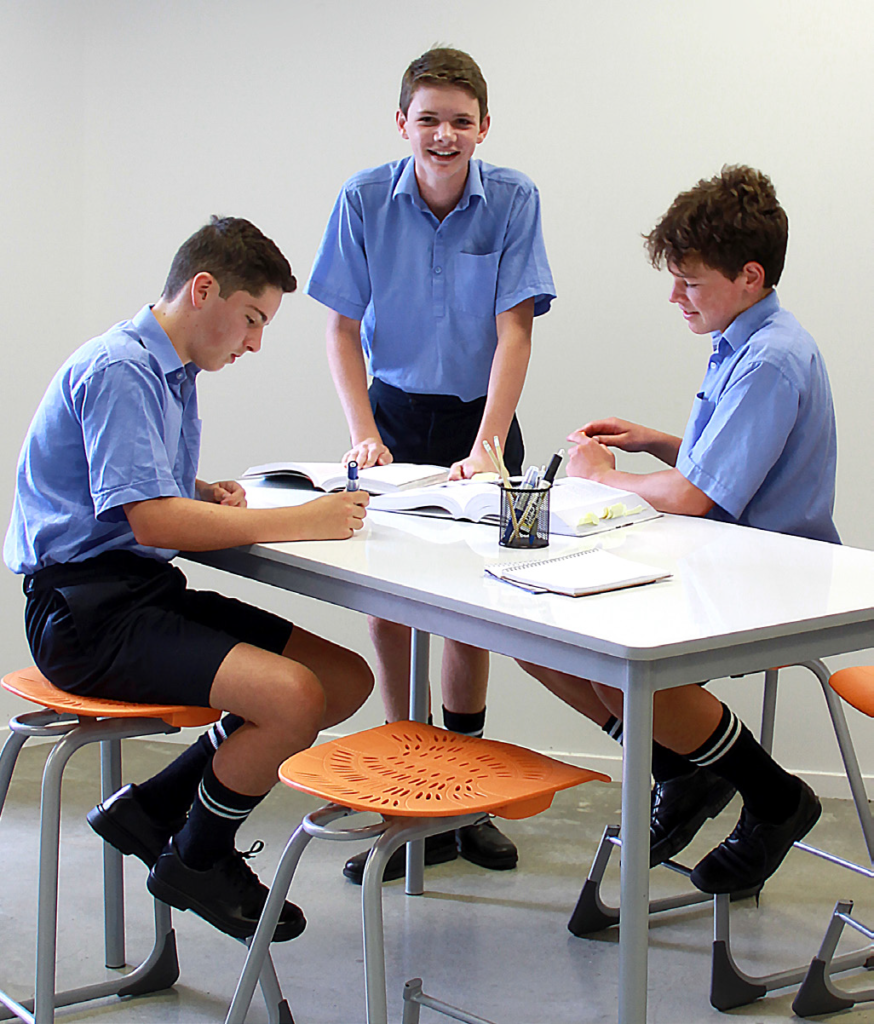
She said: I am always amazed at the ingenious ways students position seating to meet their individual learning needs, especially in junior schools. For this reason, students must be provided with a variety of seating options that they can move themselves.
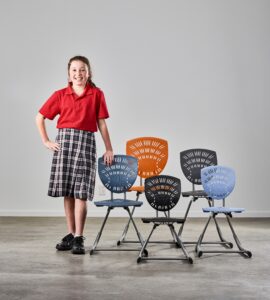
“Floor cushions and small ottomans are ideal, and younger students love booth-style seating that allows them to create a quiet nook for reading or collaborative work. This is particularly important in large ILEs as it allows students to create a more intimate micro-environment within the larger, busy space.
“Not only does this create a dynamic environment for all types of learning, but it also gives the students greater agency. The key is to consider pedagogy and how activities will be delivered; not only do flexible seating options empower students, but they allow teachers to mix up the delivery and break down the student-teacher classroom hierarchy to boost engagement.
“For more traditional learning at individual desks or tables, a well-performing ergonomic student chair at the correct size for each age group is the best option. For more collaborative learning, couches, ottomans, or stools positioned around collaborative tables might be more effective.
Too often, we see schools investing in great student chairs and then opting for hard rigid stools for art rooms and labs. Another common misconception is that student stools should have backs.
“On the contrary, a well-designed student stool will position the user’s body at the correct angle to engage core muscles, encourage correct posture, and effectively keep students more actively engaged. Stools should be selected at the right height for respective tables and it is the distance between the seating surface and tabletop that is critical, not the height from the floor (assuming the stool has a correctly positioned footrest for students’ age and size.”
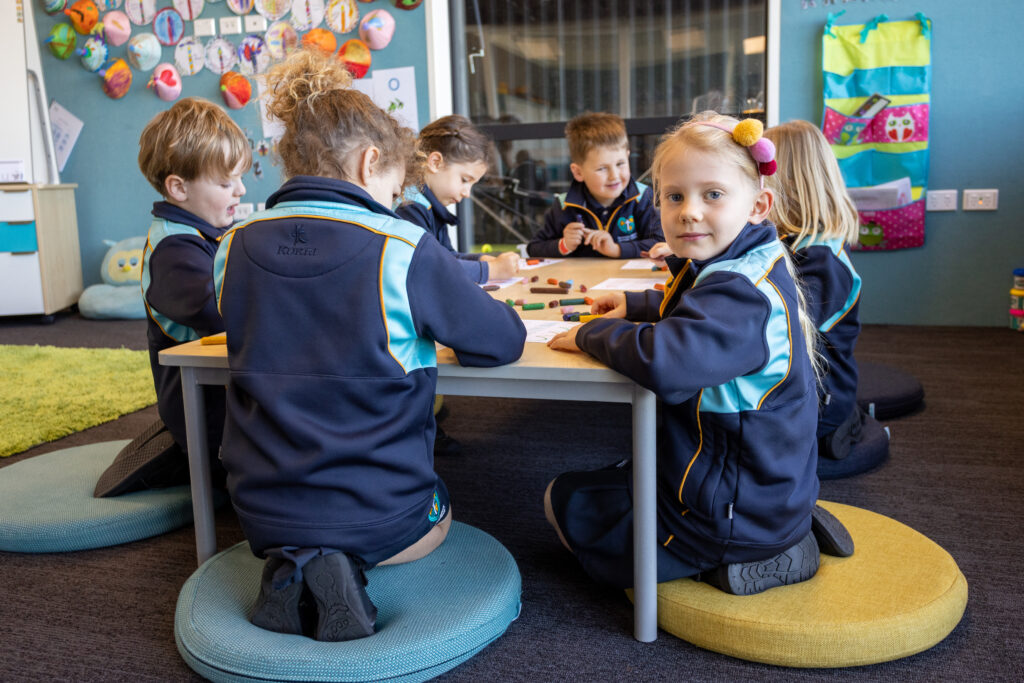
Moreover: “We often see school gymnasiums doubling as venues for performing arts or assemblies, so it is important to consider all potential uses for the space. Some fantastic, tiered seating options are now available that retract back against the wall when not in use. Alternatively, quality linking seating that can be stacked and stored when not required is a good option.”
Innovation Centres, architectural chairs, e-sports upswing
A large increase in new school innovation centres, which are single buildings that house a variety of speciality subject areas dedicated to design, innovation and manufacturing across many industries, has increased the need for flexible seating catering to different subjects, according to Buro Seating representative Matt Jeffers, who told us about three key chair design trends that have arisen as a result:
“Architectural chairs on castors are popular; the architectural base provides some extra height range, allowing teachers to walk between groups and engage at eye level without having to crouch down or sit at a lower level.”
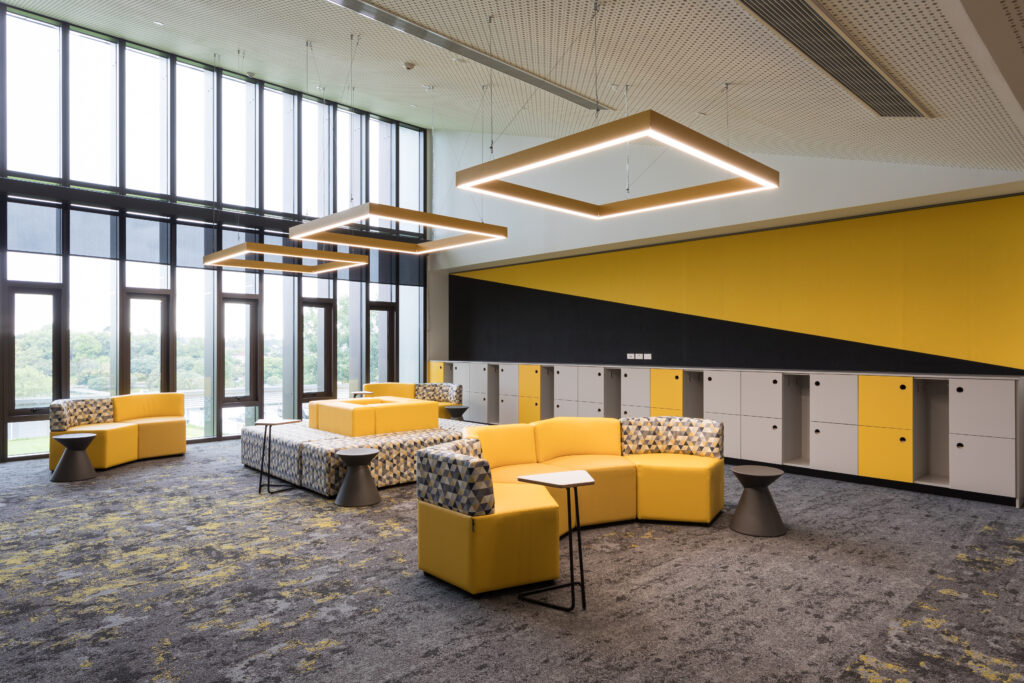
“E-sports is a huge emerging addition to the curriculum, and here seating needs to be far more relaxed and adjustable to recline. Additionally, architectural height stools are sought-after, especially for workshop classrooms in innovation centres where a mixture of sitting, perching, and architectural height stools allow for posture change and support while working at different workstations.”
Meanwhile, “classrooms are continuing to evolve rapidly and there are now a number of focal points in a classroom. Alongside the traditional whiteboard, we have remote students joining via a display screen elsewhere in the room. There’s also the use of projection screens and screens for group work.
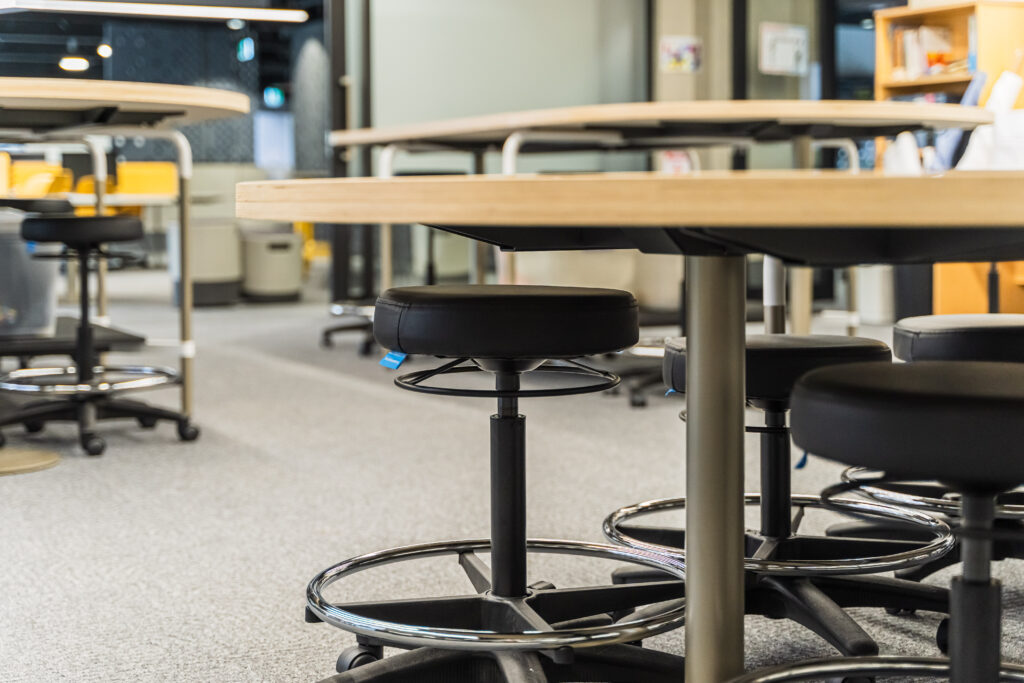
“With these evolutions, it’s imperative that learners are able to view all areas, so chairs need to be a variation of heights, with swivel mechanisms and move on castors. We must allow for as much variation as possible and allow learners to adjust seating for optimal view of presentation or display screens.
“As such, the key thing is to use a range of seating heights in learning spaces, varying from traditional desk height to perching and standing.
A good example is the new specialist facility at Saint Kentigern Boys’ School, which uses a variety of seat heights to support different learning and teaching styles.
“Their facility includes casual breakout spaces with adaptable soft seating to enhance collaboration and modular furniture offers flexibility as individual seating blocks can be rearranged to promote group communication or individualised tasks.”
Keeping kids more alert with micro movements
While “it may seem counterintuitive”, Sebel Distinction representative Michael Hellyer said, “the more we let kids wiggle, rock, and bounce, the more their brains pay attention”.
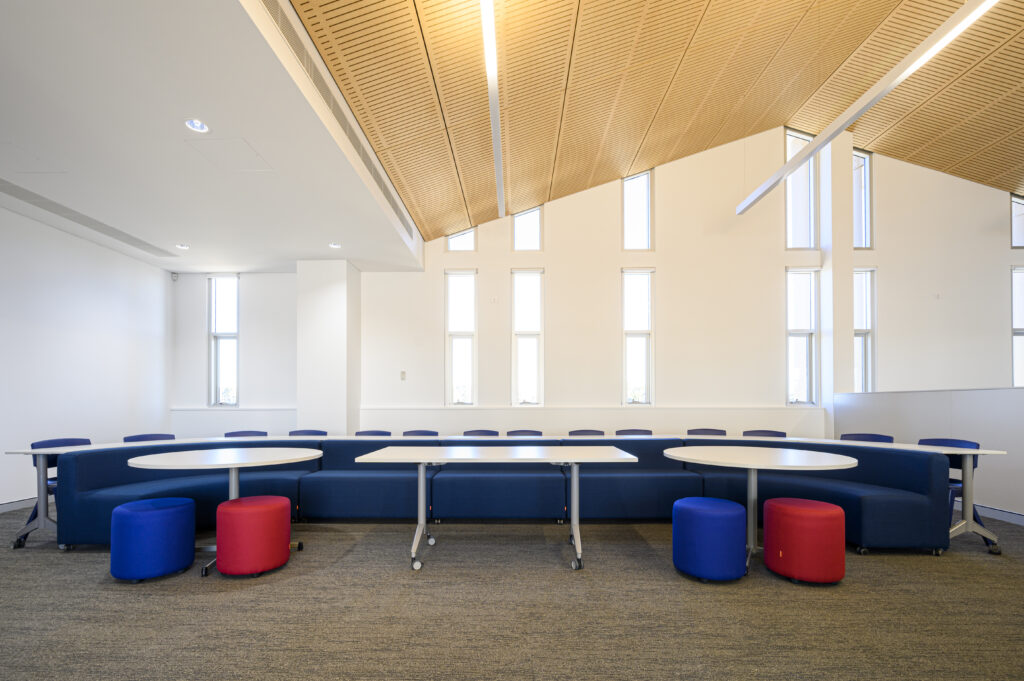
“Even micro movements increase oxygen flow to the brain, keeping kids more alert, and students who feel they have a choice in where and how they sit, stand, rock, or lounge in the classroom feel more personally invested and empowered to learn. So, give kids choice and you will have a more engaged and focused classroom.
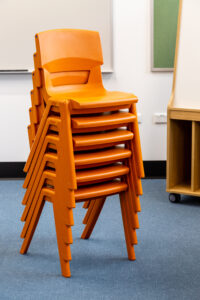
“The best way to choose new classroom seating is to firstly talk to your students and colleagues about what they like, then visit other schools to see what they have done and what works for them. Ask sitters questions like, ‘hard or soft? traditional or adjustable stool?’, ask whether they prefer firm or flexible, stationary or rocking, casters or no casters, chairs paired with desks or tables?
In terms of seating options to consider, mobility is key in multi-purpose areas. Storage with these pieces is another factor to consider–flip tables and stackable chairs are two things schools might want to look at here but it’s best to talk to your provider about what is required. As for stools, they should always consider table heights in relation to corresponding stool heights, and also whether it might be advantageous to have stools with backrests and/or footrests.
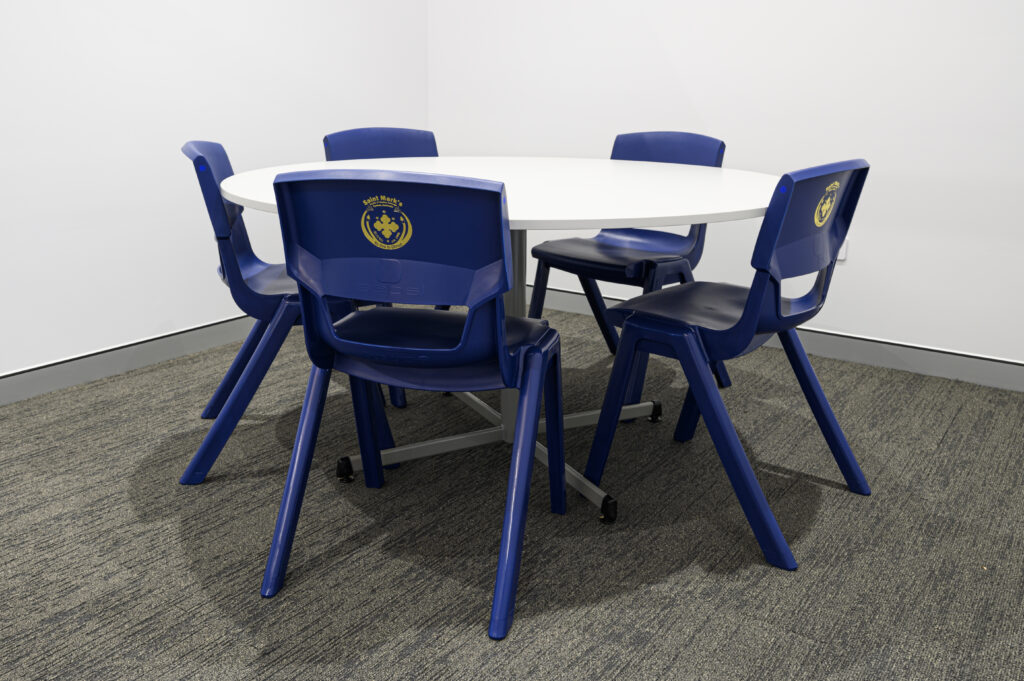
“I am currently working with a school on a rebuild where scale models are being used to give the teachers an idea about classroom design and how the rooms will work. It’s a bit like going back to playing with dolls and doll houses, but very fun!”







